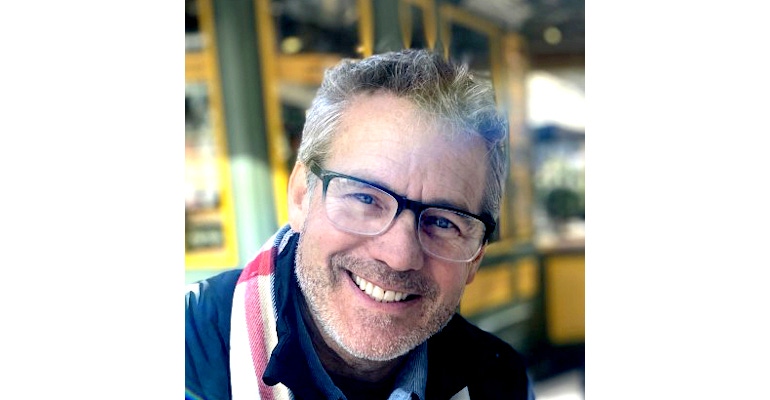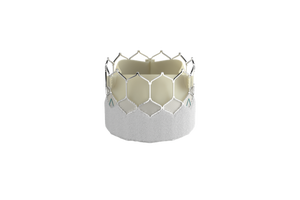Consider More Than Just User Needs During Medtech Development
With the growth of personalized medicine and digital health, there’s so many variables to consider during medtech design and engineering, says an MD&M Minneapolis speaker.
October 2, 2023

Many medtech startups spin out of academia, and these innovators are often quite adept at focusing on user needs. But not all good ideas succeed in the marketplace. Sometimes academia and engineers miss a few things when developing a medical device, according to Tom KraMer, CEO of Kablooe Design. KraMer has spent more than 30 years working in medtech design and engineering and has a theory on why many such startups fail.
“They're almost always addressing the user need, but what we say is that's not enough. You have to do more than that and you have to actually go a little bit deeper and wider and broader,” he tells Design News. “And you have to start addressing all the little needs that surround that big need, and you have to find them. They tend to be invisible.
“And so, I thought, let's address that,” he continues. “Let's identify what those things are. Let's talk about the importance of those things, where they might fit in the process, and why [startups] might want to rethink how they would start to develop something,” he adds.
KraMer will be exploring such considerations in the upcoming MD&M Minneapolis session, Up the Creek with a Paddle, but No Canoe: What Academia & Engineering Miss When Developing a Medical Device, on October 11.
“You can make something that successfully creates the coolest new technology in the world that works really well, but if nobody buys it or nobody wants it in the end, you've wasted all your time. And so that's really what we're looking at if we don't want that to happen,” he says.
KraMer adds that typically “there's some sort of clinician who is spearheading these projects and that's why they're coming to us because they know clinical stuff we don't, and we know development stuff they don't. So that's what makes it work so well.”
The Kablooe team typically works with such innovators to set up a development plan. “We don't just want to develop the technology and make it work. I mean, that's good, and it's important and necessary,” KraMer says. “But again, like I said before, we have to make sure that it's going to get accepted into the system. And that's more than just making it work. You know, there's 100 other things besides it working.”
Considering a wider set of needs offers engineers the opportunity to look outside the lab or workshop and acknowledge market realities and the whole product ecosystem.
“It's a strong message for engineering because, you know, engineering tends to just focus on the technology,” KraMer says. “There are other things, too, that are extremely important. It can be the market, but we can look at the intellectual property space and just the workflow of the users and that environment with all key stakeholders. All those things are important [and] will help us discover all those little needs that surround the big need.”
KraMer and his team help introduce engineers to users to expand their view. “There are ways that we can do that throughout the process, early, mid, and late, and our teams are very skilled at getting access to those users and getting the information that we need and getting it to the people that are in the development process,” he says.
KraMer says MD&M Minneapolis session attendees can expect to learn about the process and the tools Kablooe employs.
The company’s approach to development is particularly relevant today. With medtech products becoming more personal these days, such as with wearables, personalized medicine, AI diagnosis, and telehealth and health at home, “it's super important that we have this broader vision [so] we understand more about the world the device is going into,” says KraMer. “It's a much broader world now than when it was a scalpel we were designing and it was going into an open-heart surgery, a pretty defined environment.
“But now that's just blown up. Suddenly we've got not just a specific environment—we've got this entire world with all these variables that we have to design things to fit into,” he says. “So, it's extremely important that we've developed this sense of understanding. I like to call those variables ‘a priori knowledge’ that we can gather on needs and environment before we design and develop the device.”
To learn more, be sure to attend Up the Creek with a Paddle, but No Canoe: What Academia & Engineering Miss When Developing a Medical Device, on October 11 at MD&M Minneapolis.
About the Author(s)
You May Also Like



.png?width=300&auto=webp&quality=80&disable=upscale)
